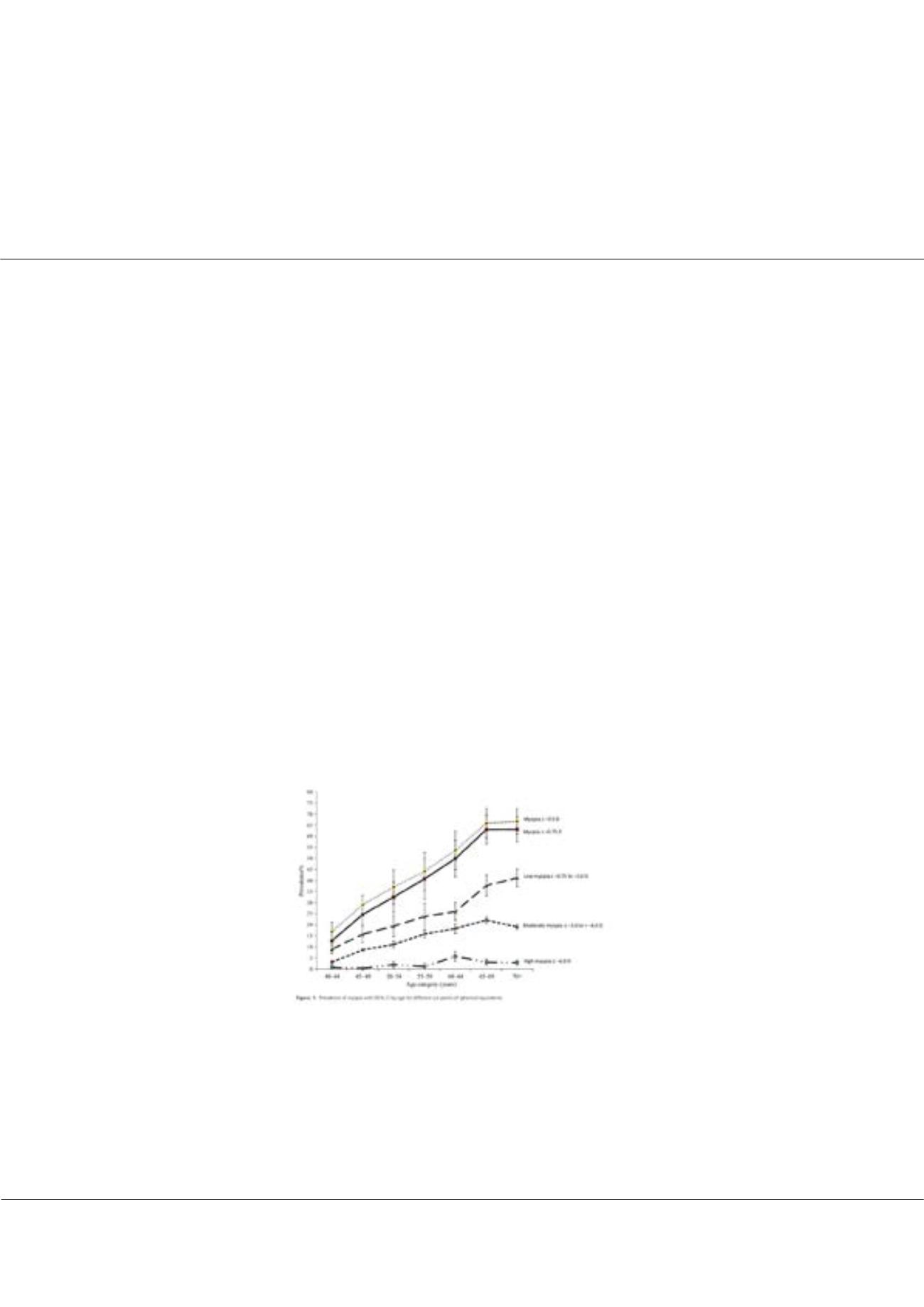

Page 50
conferenceseries
.com
Volume 3
Optometry: Open Access
ISSN: 2476-2075
Optometry 2018
October 08-09, 2018
October 08-09, 2018 | Edinburgh, Scotland
3
rd
International Conference and Expo on
Optometry & Vision Science
Prevalence and risk factors for myopia and hyperopia in an adult population in southern India
Sanil Joseph
Aravind Eye Care System, India
Statement of the Problem:
Myopia is the most common cause of refractive errors in both children and adults in many countries.
Comparisons of adult myopia prevalence across countries are complicated by variations in the age ranges of populations studied,
definitions of myopia and secular trends in environmental risk factor. The aim of this study was to investigate prevalence and risk
factors for myopia, hyperopia and astigmatism in southern India.
Methodology:
Randomly sampled villages were enumerated to identify people aged ≥40 years. Participants were interviewed for
socioeconomic and lifestyle factors and attended a hospital-based ophthalmic examination including visual acuity measurement
and objective and subjective measurement of refractive status. Myopia was defined as spherical equivalent (SE) worse than
-0.75diopters (D) and hyperopia was defined as SE ≥+1D.
Findings:
The age-standardized prevalence of myopia and hyperopia were 35.6% (95% CI: 34.7–36.6) and 17.0% (95% CI: 16.3–
17.8) of those with myopia, 70% had advanced cataract. Of these 79% had presenting visual acuity (VA) <6/18 and after best
correction, 44% of these improved to ≥6/12 and 27% remained with VA <6/18. In multivariable analyses excluding advanced
cataract, increasing nuclear opacity score, current tobacco use and increasing height were associated with higher odds of myopia.
Higher levels of education were associated with increased odds of myopia in younger people and decreased odds in older people.
Increasing time outdoors was associated with myopia only in older people. Increasing age and female gender were associated
with hyperopia and nuclear opacity score, increasing time outdoors, rural residence and current tobacco use with lower odds of
hyperopia.
Conclusions:
In contrast to high income settings and in agreement with studies from low income settings, we found a rise in
myopia with increasing age reflecting the high prevalence of advanced cataract. This suggests that older people would benefit more
from cataract removal than spectacle correction.
Recent Publications:
1. Morgan I G, Iribarren R, Fotouhi A and Grzybowski A (2015) Cycloplegic refraction is the gold standard for
epidemiological studies. Acta ophthalmologica 93(6):581-5.
2. Foster P J and Jiang Y (2014) Epidemiology of myopia. Eye 28 (2): 202-8.
3. Pan C W, Cheng C Y, Saw S M, Wang J J and Wong T Y (2013) Myopia and age-related cataract: a systematic review and
meta-analysis. American Journal of Ophthalmology 156 (5): 1021-33.
Sanil Joseph, Optom open access 2018, Volume 3
DOI: 10.4172/2476-2075-C1-008
















